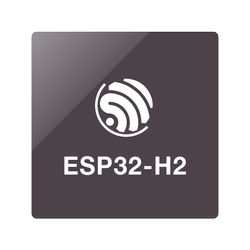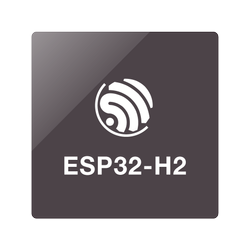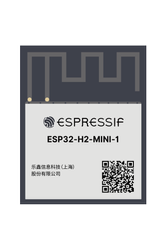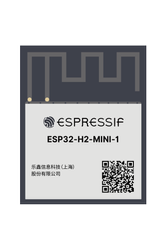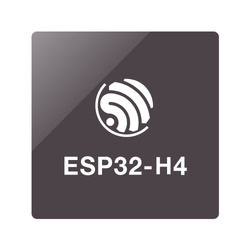The low-power revolution - ESP32-H2 and ESP32-H4
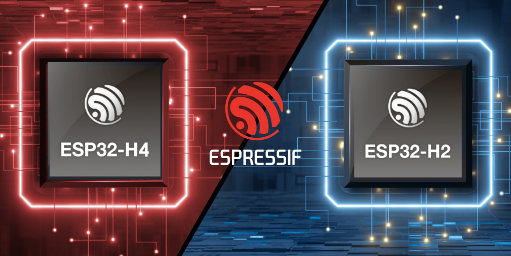
Low Power Market
Low Power refers to the sector of devices and systems in the Internet of Things (IoT) area, characterized by minimal energy consumption. This term encompasses a variety of interconnected devices such as sensors and actuators. All of them share one feature – they are designed to optimize energy consumption, enabling efficient communication, data collection, and processing while saving energy. Low Power is a key component of the Internet of Things, responsible for the proper functioning of Smart Cities, agriculture, healthcare, and industrial automation. Low energy consumption primarily involves the widespread implementation of energy-efficient and cost-effective devices with long battery life.
ESP32-H2
It is no exaggeration to say that the ESP32-H2 is a milestone for Espressif. This is due to the device lacking Wi-Fi communication, making it the first Wireless SoC product without this feature, thus fitting into most modern short-range wireless applications requiring 'low-power'. Removing Wi-Fi communication allows for achieving very low power consumption, which perfectly fits the aforementioned area. The system integrates the most important connectivity technologies for these applications:
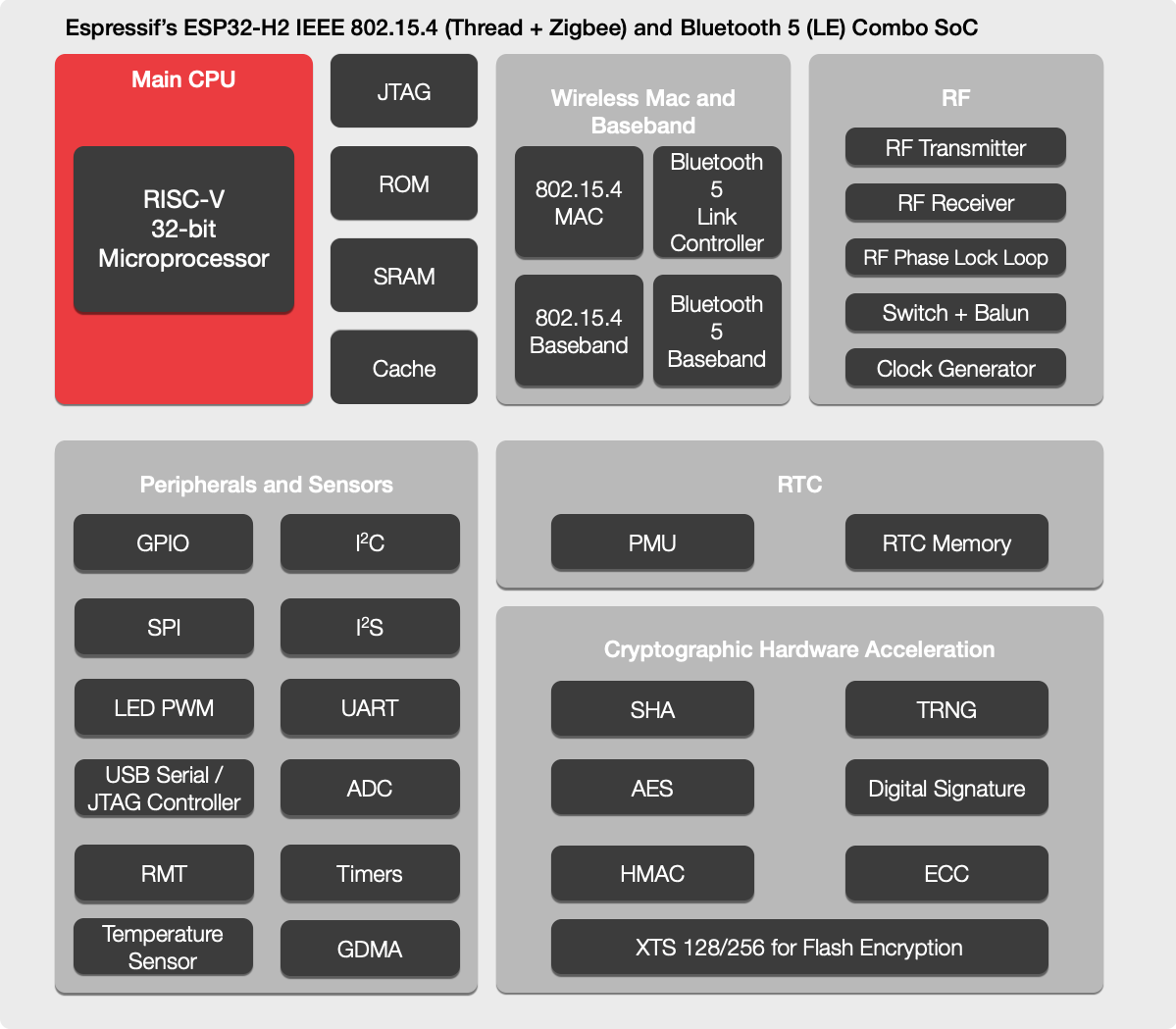
- Bluetooth 5.3 (point-to-point, broadcast, mesh, and mobile device communication)
- IEEE 802.15.4 standards, Thread, and Zigbee
- Combined availability of IEEE 802.15.4 and Bluetooth LE connectivity allowing for building devices for the Matter protocol
- A single-core, 32-bit RISC-V microcontroller, which can be clocked up to 96 MHz
- 256 KB of SRAM memory and works with external flash memory
- 26 programmable GPIOs supporting ADC, SPI, UART, I2C, I2S, RMT, GDMA, and PWM.
ESP32-H2 also facilitates the building of secure connected devices through hardware security features, introducing, among others:
- Secure boot based on ECC
- Flash memory encryption based on AES-128/256-XTS
- Digital signature and HMAC peripheral for identity protection
- Cryptographic accelerators for better performance.
For Thread and Zigbee standards, ESP32-H2 will support Thread version 1.x and Zigbee 3.x. Additionally, the system has undergone tests and received certification in terms of compliance and interoperability with leading market, reference implementations of Thread. Additionally, ESP32-H2 has been certified as a "Zigbee-Compliant Platform," in accordance with the relevant certificate issued by the CSA (Connectivity Standards Alliance).
It is worth mentioning that the ESP32-H2 is supported by Espressif's mature IoT Development Framework (ESP-IDF), which added the Thread Software Development Kit to help users easily create ESP32-H2 applications. This way, their customers benefit from the familiarity with their proven platform that already powers millions of connected devices. Espressif's Matter/Zigbee/Bluetooth LE SDK packages have also been completed. To obtain them, users should contact Espressif's customer support team.
ESP32-H4
Still focusing on low power consumption, Espressif Systems has decided to introduce ESP32-H4. This next-generation product meets the growing demand for low-power wireless devices, offering significant improvements in energy consumption, connectivity features, and memory expansion capabilities. Additionally, ESP32-H4 represents a significant advancement for Espressif's Bluetooth LE systems, moving from Bluetooth 5.3 to Bluetooth 5.4.

ESP32-H4 integrates essential connectivity technologies, including IEEE 802.15.4 and Bluetooth 5.4 (LE), crucial for low-power mesh architectures, supporting Thread 1.3, Zigbee 3.0, and Bluetooth Mesh 1.1 protocols. The product also includes a wide range of advanced features, including:
- LE Audio
- LE Isochronous Channels
- Connection Subrating
- Periodic Advertising with Responses (PAwR)
- Direction Finding using Angle of Arrival (AoA) and Angle of Departure (AoD), expanding its potential applications
LE Audio is the next generation of Bluetooth Audio, allowing streaming of sound via Bluetooth Low Energy. Bluetooth Direction Finding significantly increases location accuracy compared to Bluetooth RSSI positioning. PAwR makes advertising bidirectional between a controlling device (e.g., a gateway) and thousands of very low-power nodes, which is intended for retail applications such as electronic shelf labels, as well as for warehousing and sensor communication.
Significant improvements in the microcontroller and wireless capabilities make it an optimal solution for advanced wearables, medical devices, LE Audio devices, low-power sensors, and other complex IoT applications. The integration of IEEE 802.15.4 and Bluetooth LE connectivity along with low power consumption facilitates the creation of devices with extended battery life. It is an ideal solution for battery-powered devices supporting Matter over Thread.
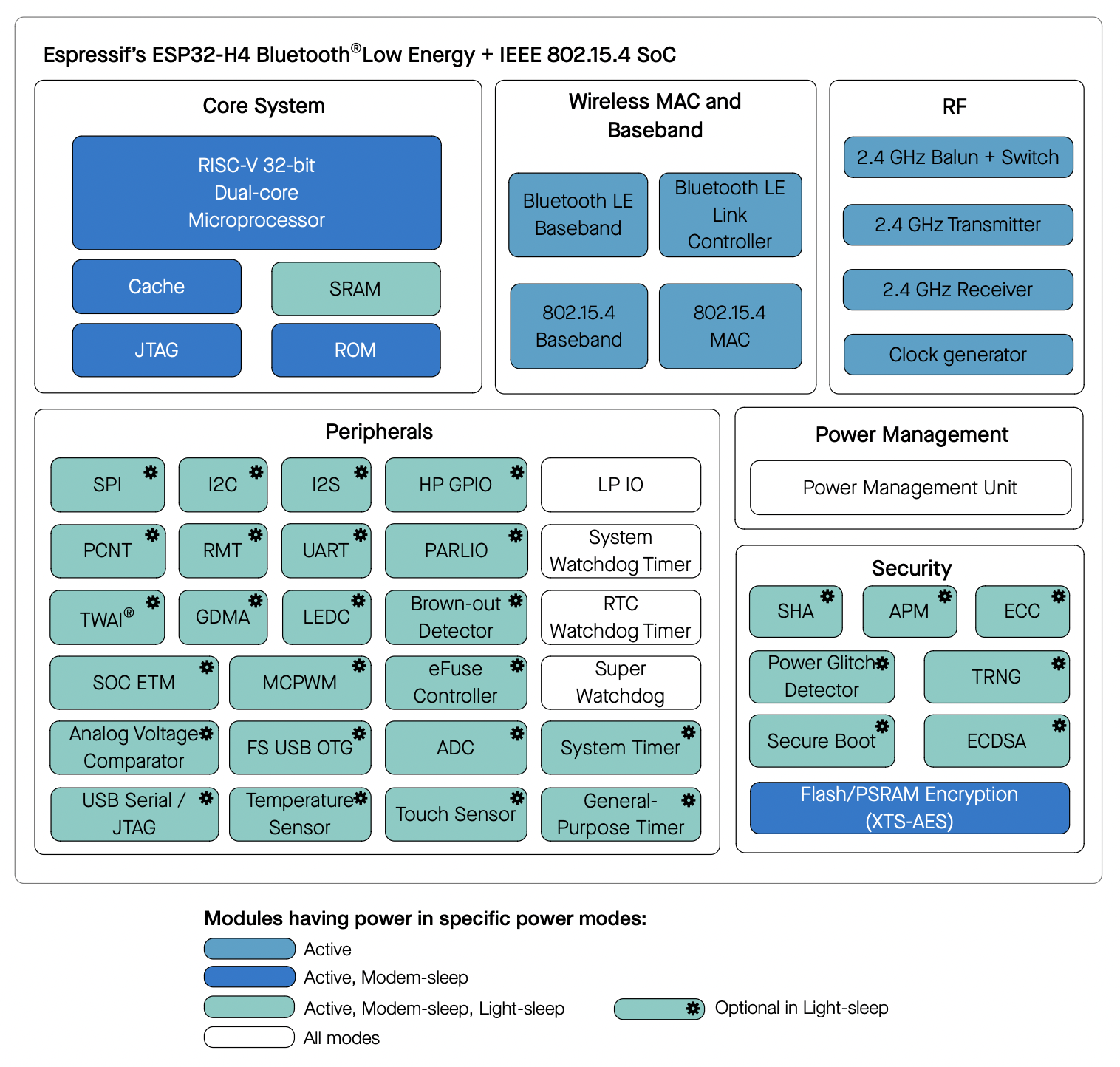
Parameters and Integration
- Dual-core, 32-bit RISC-V microcontroller clocked up to 96 MHz
- 320 KB of SRAM, 128 KB of ROM, and supports external Flash memory
- Supports up to 4 MB of PSRAM, providing greater memory management flexibility
- Integration up to 35 GPIOs, covering standard microcontroller peripherals such as: I2S, SPI, UART, LED-PWM, ADC, timers, DMA, TWAI, USB-OTG, MCPWM
ESP32-H4 enables the creation of low-power battery-powered devices thanks to the integrated DC-DC power supply, significantly optimizing the SoC's energy consumption through efficient voltage regulation and lower power supply voltage, combined with selective activation of peripheral devices in low-power modes, extending battery life.
In terms of security, ESP32-H4 does not differ significantly from H2, integrating features such as secure boot, flash memory encryption, and cryptographic accelerators, providing private key protection.
ESP32-H4 will be supported by Espressif's robust IoT Development Framework (ESP-IDF), allowing customers to utilize existing knowledge about the platform. Moreover, the ESP-Matter-SDK will include support for ESP32-H4, facilitating the creation of battery-powered products supporting Matter. For inquiries about the ESP32-H4 SoC, we encourage you to contact our team of specialists at handlowy@soyter.pl.
Espressif, as a company with numerous certifications for its own products, is well aware of their significance for international sales. By sharing this experience with their corporate clients, they can provide necessary support in obtaining various certifications for their own products. They have an established certification support program, which includes, among others, Wi-Fi CERTIFIED™, Bluetooth SIG, CSA, Thread Group, SRRC, FCC, CE, TELEC, KCC, NCC, IC, RoHS, REACH, etc.
